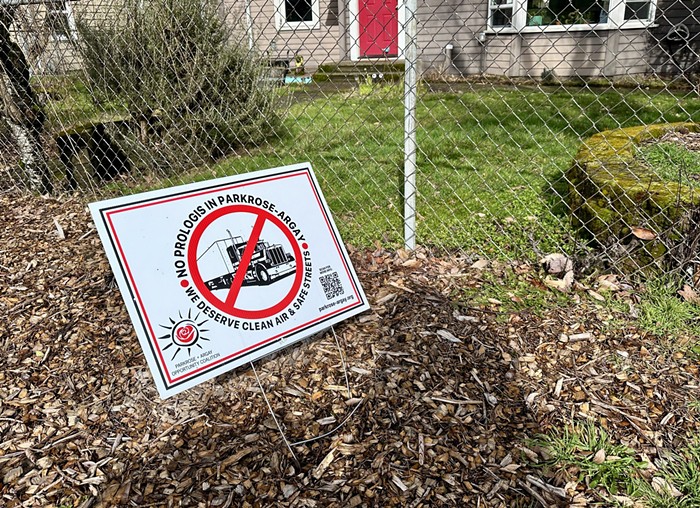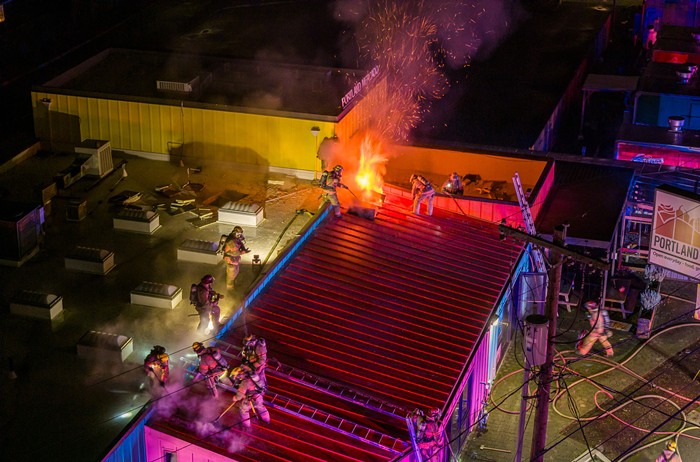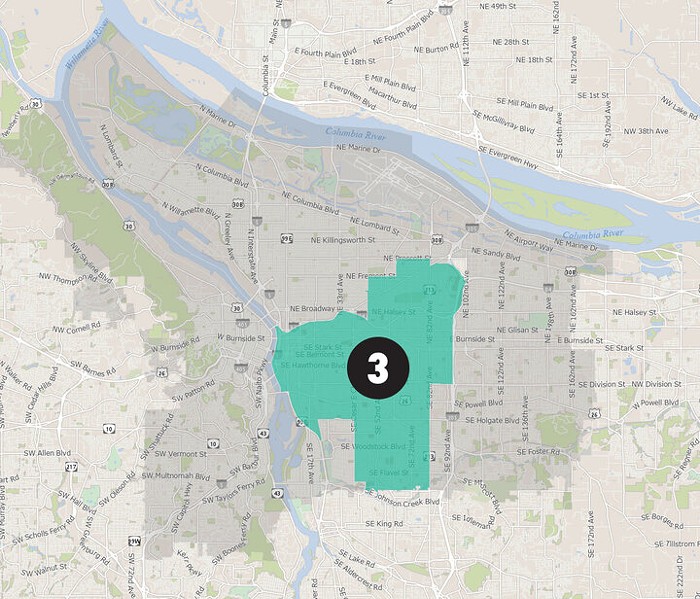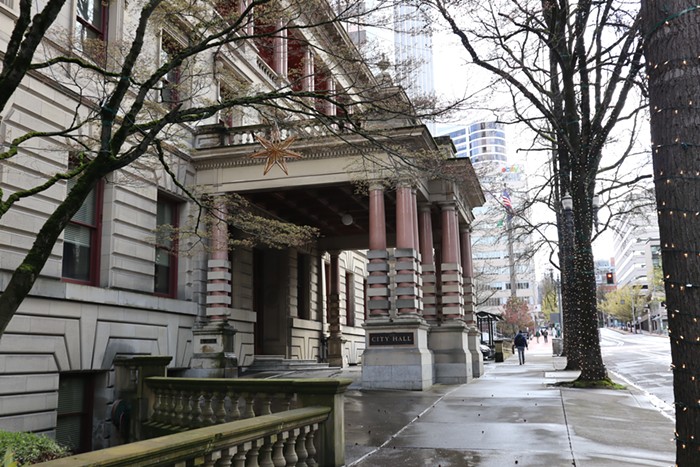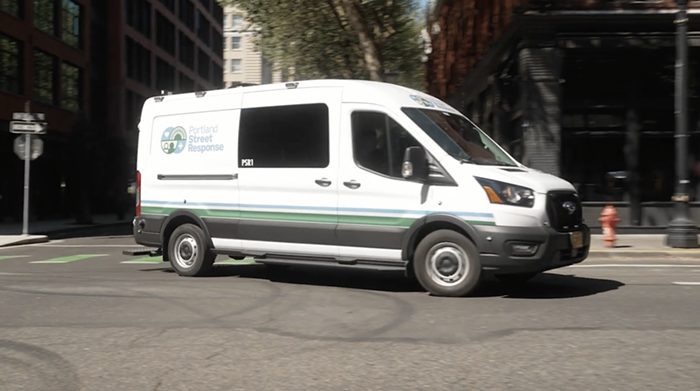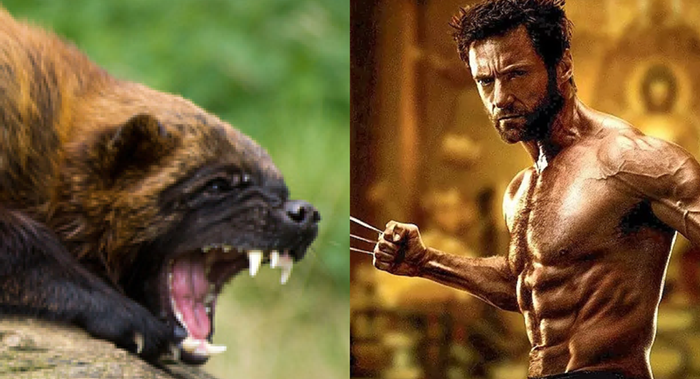
Gov. Kate Brown announced criteria Thursday for a phased reopening of Oregon businesses and workplaces. The new requirements allow some previously closed businesses to reopen as soon as May 15.
Brown said at a press conference that the reopening plan comes as Oregon has “stabilized COVID-19 hospitalizations statewide, and in fact hit a record-low last week.” But Brown also made clear that the criteria did not signify a return to normal, pre-pandemic life, and that there still “may be an uptick in new coronavirus cases” at any time.
While physical distancing, face masks, and other public health precautions are here for the long haul, Brown’s reopening plan does lift some stay-at-home restrictions.
Here’s how the reopening plan will work, and how it applies to different facets of Oregon life.
A regional, multi-phase plan
Statewide, some retail stores—including jewelry shops, art galleries, furniture stores, and boutiques—will be allowed to reopen on May 15.
Other stores, as well as restaurants and personal services, will also be allowed to reopen on May 15—but only if they’re located in a region that has met certain health standards.
Brown’s plan divides the state into seven regions, and each county can only begin to reopen when its region has met a list of public health criteria. That includes a declining rate of COVID-19 infections, a testing capacity of at least 30 tests per 10,000 residents each day, access to personal protective equipment (PPE) supply at all hospitals. Each county will need to have robust "contact tracing," or tracking who each person who tests positive for COVID-19 has come into contact with to limit its spread.
Portland’s region includes Multnomah, Washington, Clackamas, Tillamook, Columbia, and Clatsop counties. Patrick Allen, Oregon Health Authority’s (OHA) director, said Thursday that it would likely be easier for more rural, less-populous regions to meet the reopening criteria.
Brown’s reopening plan will include three phases. In addition to allowing businesses to reopen with restrictions, Phase One will also allow for gatherings of up to 25 people—provided they can still maintain social distancing guidelines. Regions must stay in Phase One for at least 21 days before moving into the next phase, to ensure reopening doesn’t result in another major COVID-19 outbreak.
While only detailed plans for Phase One were released Thursday, Phase Two will likely allow larger gatherings and non-essential visitations to nursing homes and other large care facilities. Phase Three will signify a return to pre-pandemic life, and will only happen when “we have a reliable treatment or prevention, like a vaccine,” Brown said.
State agencies may fine businesses that don't comply with the reopening standards, Brown said.
You can learn more about the phased plan in this video from Brown's office:
What it means for: Retail, restaurants, salons, massage therapy centers, and tattoo parlors
Retail shops, restaurants, and "personal services," which includes salons and tattoos shops, will be able to reopen when their region enters Phase One—but it won’t be a return to business as usual.
Businesses will need to comply with six-feet social distancing requirements, and post signs listing the symptoms of COVID-19 where employees and customers can see them. Bars and restaurants will have to comply with a 10 pm curfew, and all businesses will need to send employees home at the first sign of any COVID-19 symptoms.
Restaurants, stores, and personal services must require their employees to wear face masks, and they are encouraged to require customers to wear them as well. The plan does not call for customer temperature checks outside of businesses.
Personal services will need to be appointment-only and employees must screen clients for COVID-19 symptoms when they make an appointment. Clients who arrive early will need to wait outside the business before their scheduled appointment time.
Personal services should also keep a list of names and phone numbers of recent clients, in case that information is needed for contact tracing. Restaurants and retail shops will not be subject to this requirement.
Here are all of the Phase One requirements for bars and restaurants; personal services; and retail shops.
What it means for: Outdoor recreation, large gatherings, and childcare
At the press conference Thursday, Brown advised that all large events through at least September should be canceled, and said that high school and college sports would likely not allow in-person spectators for the foreseeable future.
“I know this is really, really hard,” Brown said, adding that she would miss attending the Oregon State Fair this summer.
Outdoor recreation sites like parks and lakes, however, will be allowed to reopen during Phase One. They will need to limit individual parties to 10 people or fewer, and make sure those groups don’t linger in parking lots or other areas where they’re likely to come into contact with others. Facilities will need to close picnic spots, pools, playgrounds, and other day-use areas that are prone to attracting crowds.
Because of the regional nature of the reopening plan, some parts of the state could have access to their parks earlier than others do. But Brown and the OHA are discouraging Oregonians from doing any non-essential travel.
“The fact that things are open isn’t an invitation… to flood into a region,” Allen said.
You can read all the guidelines for outdoor recreation facilities here.
Childcare centers, as well as summer camps and other youth programs, will also be allowed to reopen, so long as they follow social distancing and cleanliness guidelines. It’s not yet certain if Oregon K-12 schools will reopen in the fall, but Brown said schools would be “prioritized” because they provide childcare for parents going back to work.
While Oregon now has a plan to reopen some businesses next week, it could be months or even years before the threat of COVID-19 is diminished. During that time, Brown said, officials will be constantly assessing guidelines, and are prepared to roll them back if another major outbreak occurs in the state.
“Until there is a vaccine, unfortunately, we will not be able to go back to life as we know it,” Brown said. “Physical distancing is, and will remain, a major part of our lives for many months to come.”


